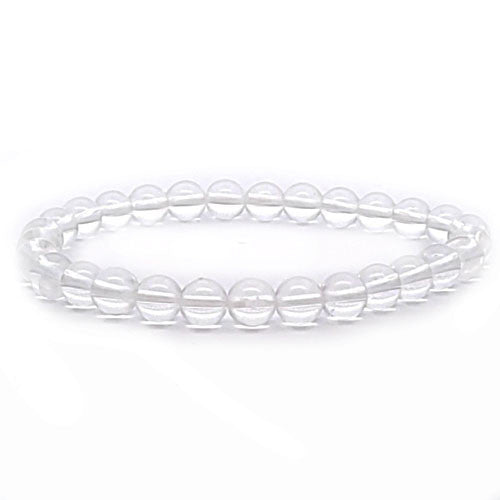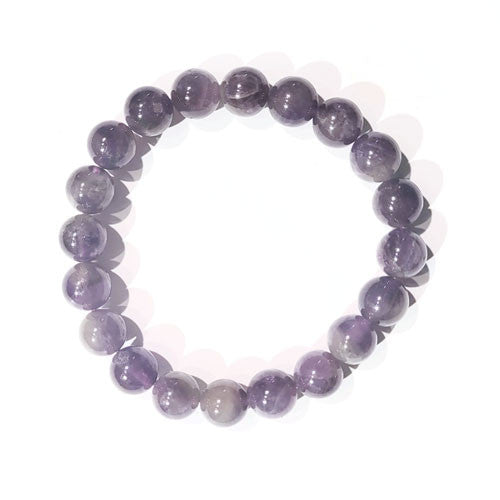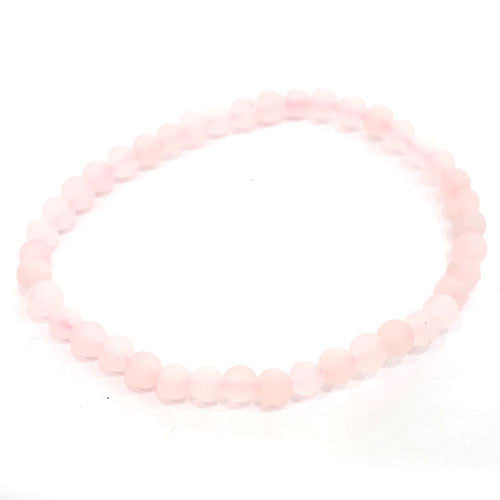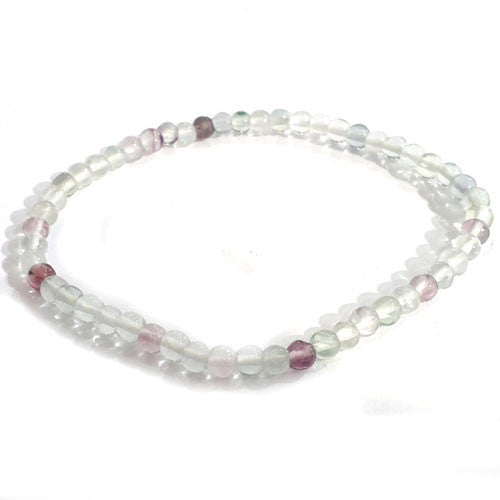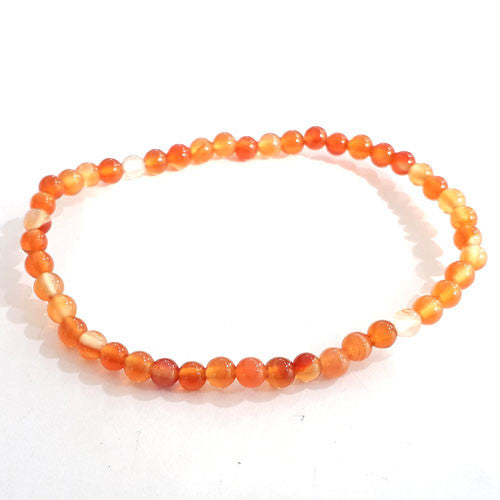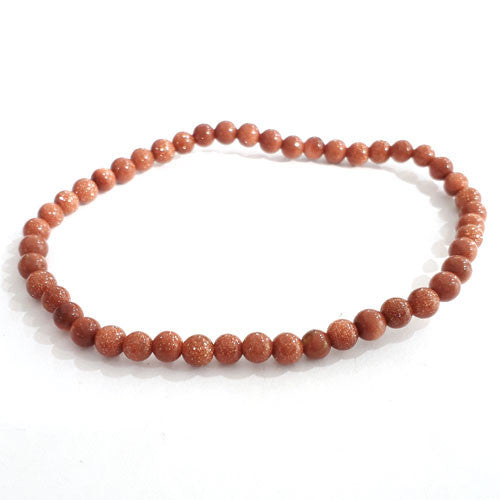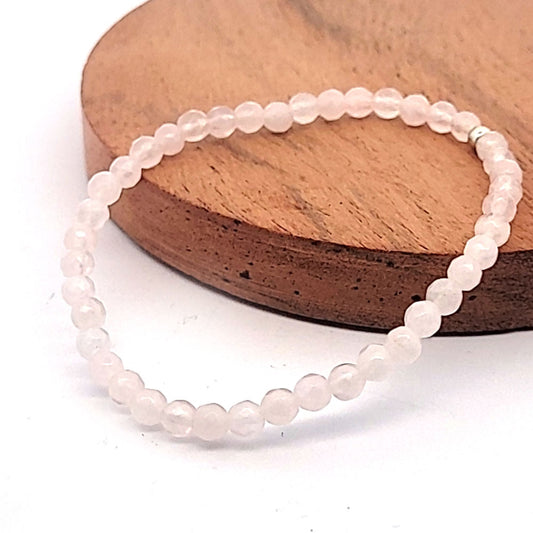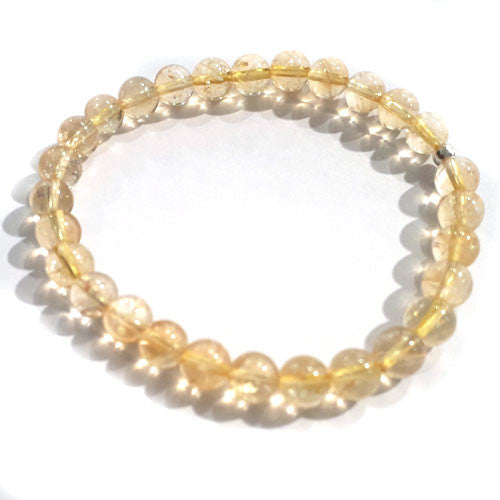Kategorie: Edelstein-Armbänder
Armbänder aus Edelsteinen und Schmucksteinen gibt es in vielen Formen und Farben. Die meisten Steinarmbänder werden auf Gummiband gefädelt
-
Bergkristall Kugel-Armband 6 mm
Normaler Preis €12,90Normaler PreisGrundpreis / pro -
Amethyst Armband 10 mm
Normaler Preis €19,90Normaler PreisGrundpreis / pro -
Rosenquarz matt Kugelarmband 5 mm
Normaler Preis €9,90Normaler PreisGrundpreis / pro -
Fluorit Kugelarmband 4 mm
Normaler Preis €7,90Normaler PreisGrundpreis / pro -
Perlmutt Kugelarmband 4 mm
Normaler Preis €9,90Normaler PreisGrundpreis / pro -
Lapis Lazuli Kugelarmband 4 mm
Normaler Preis €9,90Normaler PreisGrundpreis / pro -
Rhodonit Kugelarmband 5 mm facettiert
Normaler Preis €9,90Normaler PreisGrundpreis / pro -
Karneol Kugelarmband 4 mm
Normaler Preis €9,90Normaler PreisGrundpreis / pro -
Goldfluss braun Kugelarmband 4 mm
Normaler Preis €7,90Normaler PreisGrundpreis / pro -
Mookait Kugelarmband 4 mm
Normaler Preis €9,90Normaler PreisGrundpreis / pro -
Granat Kugelarmband 5,5 mm
Normaler Preis €12,90Normaler PreisGrundpreis / pro -
Rosenquarz Kugelarmband 4 mm facettiert
Normaler Preis €17,90Normaler PreisGrundpreis / pro -
Bergkristall Kugelarmband 6 mm facettiert
Normaler Preis €24,90Normaler PreisGrundpreis / pro -
Zitrin Kugelarmband 6 mm
Normaler Preis €29,90Normaler PreisGrundpreis / pro -
Goldfluss blau Kugelarmband 4 mm facettiert
Normaler Preis €19,90Normaler PreisGrundpreis / pro -
Blauquarz Armband 10 mm
Normaler Preis €24,90Normaler PreisGrundpreis / pro

